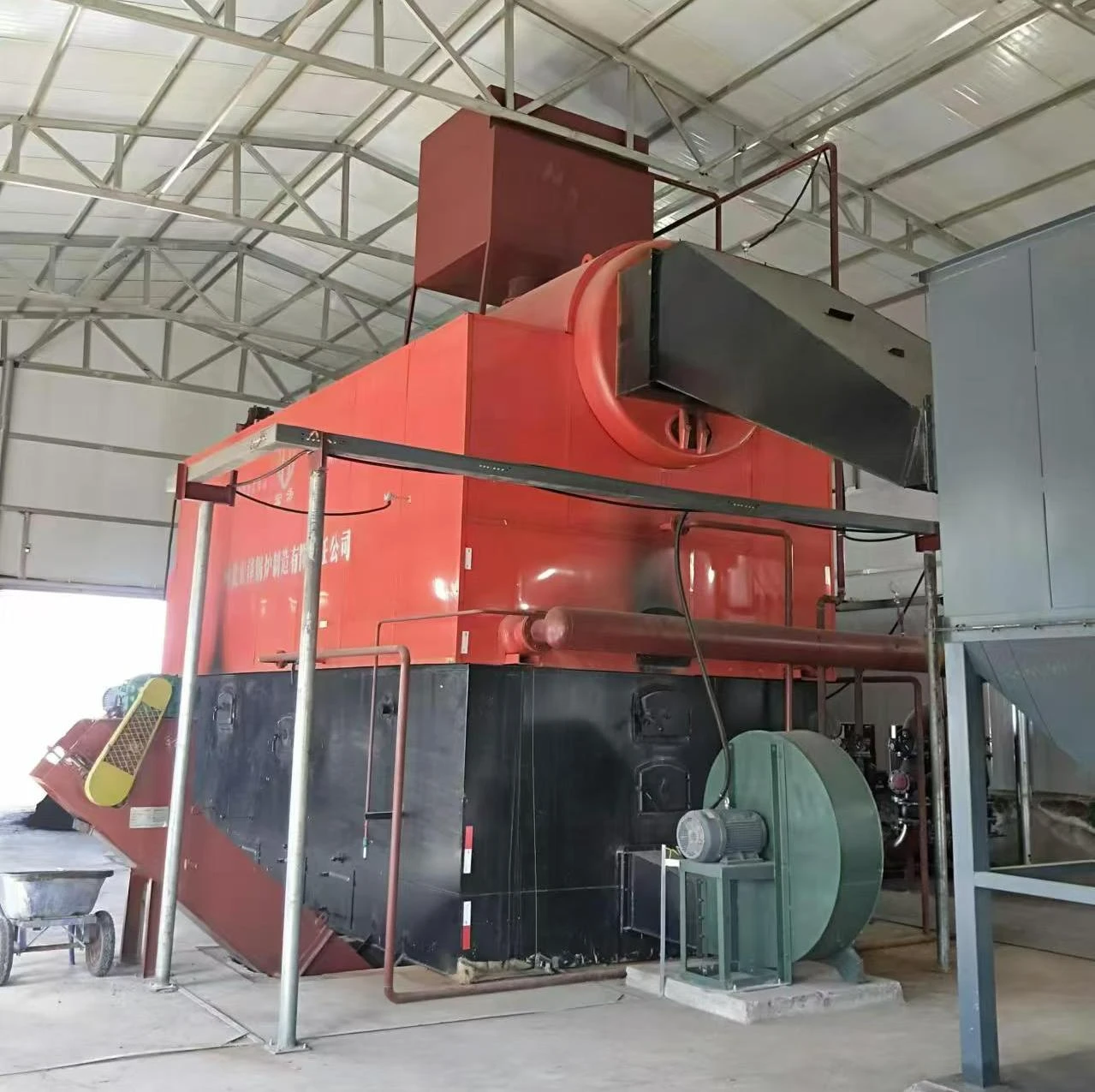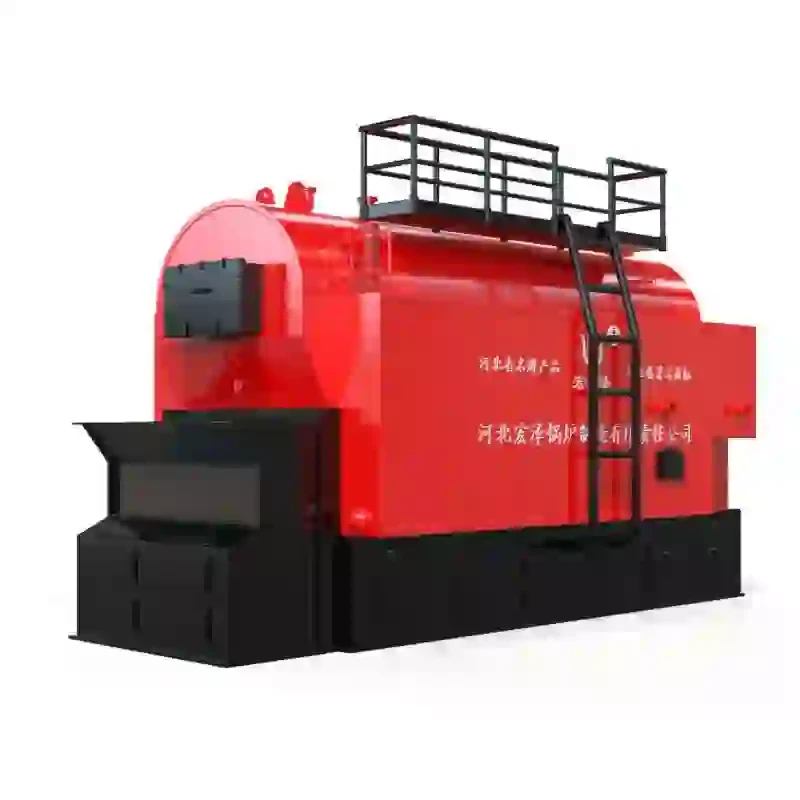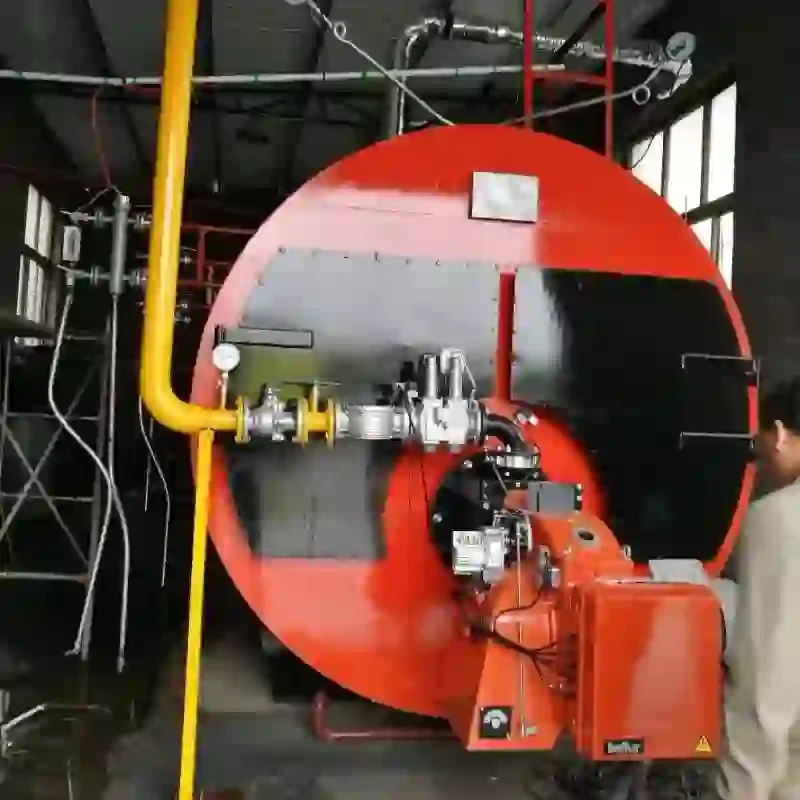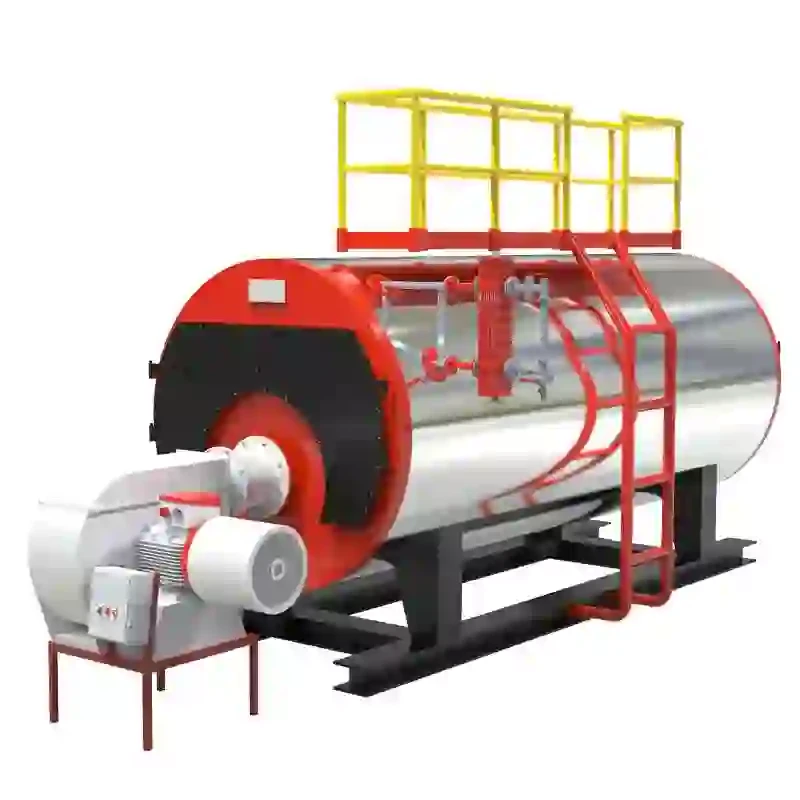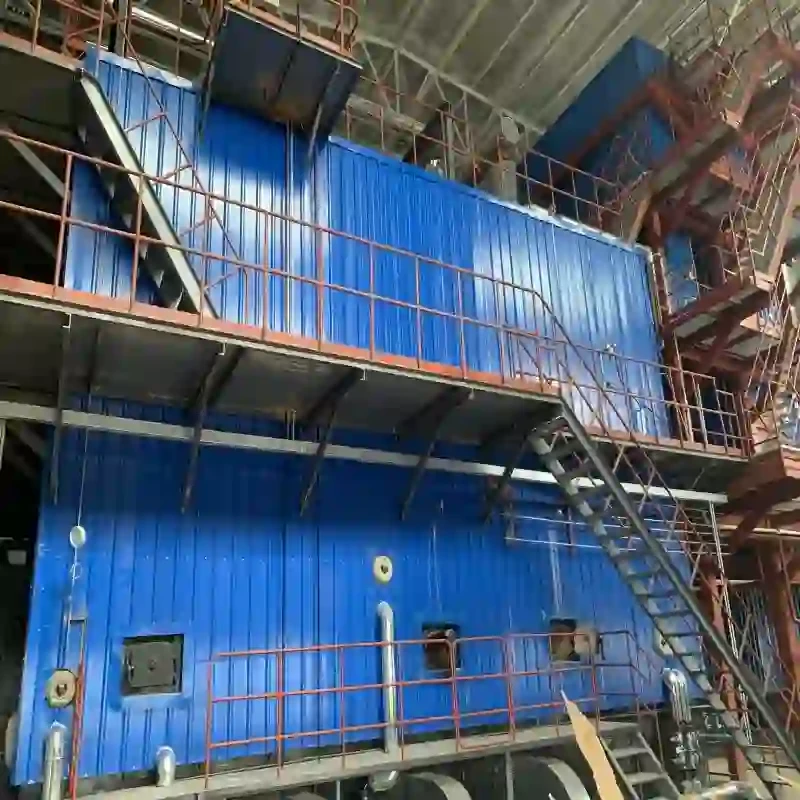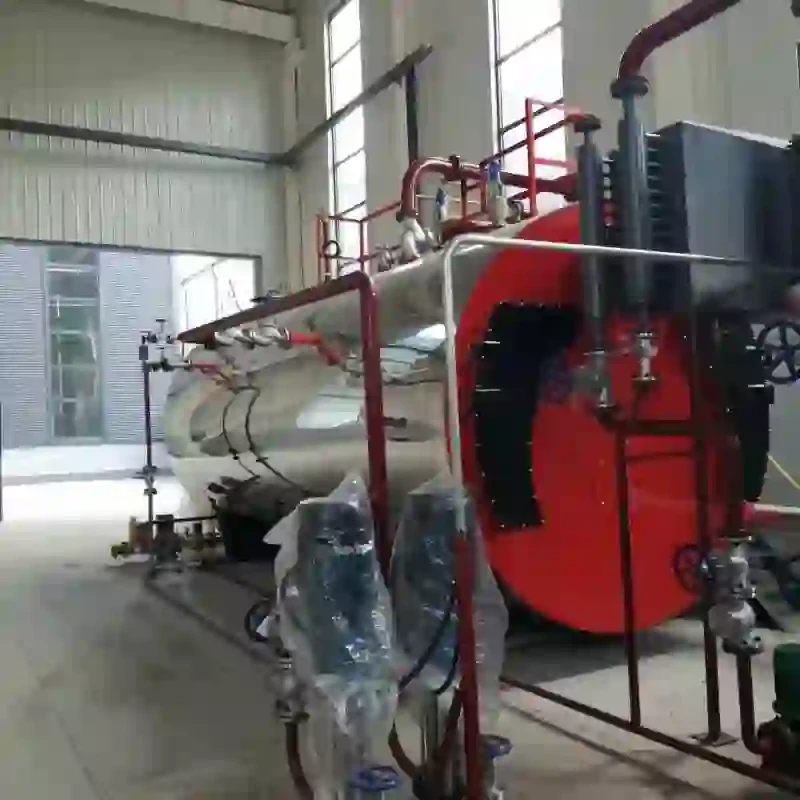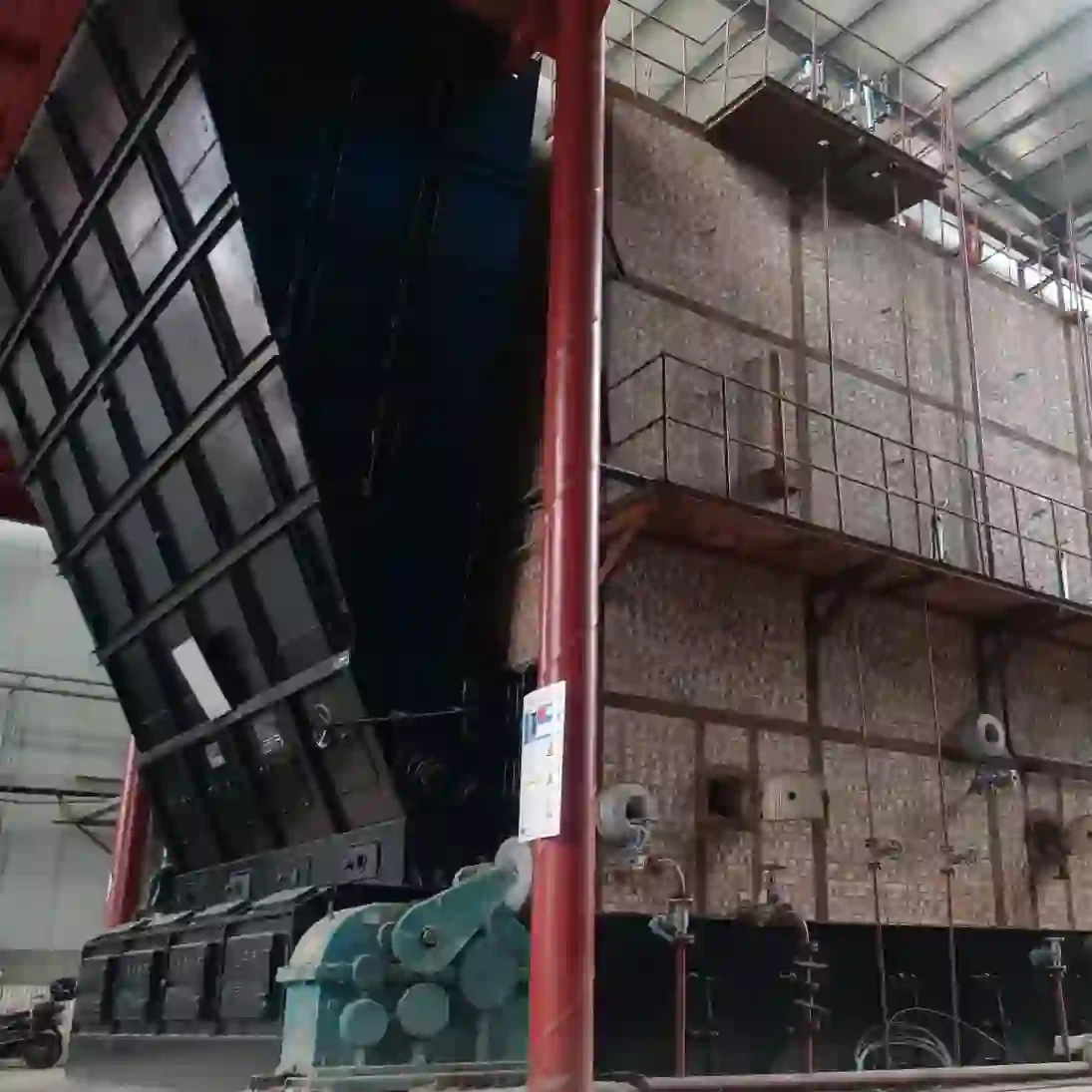
Oct . 25, 2025 13:20 Back to list
Biomass Fired Steam Boiler: High Efficiency, Low Emissions
Field Notes: Biomass Fired Steam Boiler in 2025 Manufacturing
If you’ve walked a mill floor lately, you’ve probably noticed the smell of pelletized wood and husk—biomass is back in a big way. To be honest, the shift isn’t just trend-chasing; fuel volatility and Scope 1 targets are forcing a harder look at thermal systems. Below I’m summarizing what buyers keep asking me, plus some shop-floor observations from recent projects around Asia and Eastern Europe.

What it is and why it’s trending
A Biomass Fired Steam Boiler converts solid biofuel—pellets, briquettes, rice husk, peanut shell, wood chips, crop straw—into process steam. Market drivers? Carbon pricing, corporate sustainability, and—surprisingly—better controls that tame the variability of biomass. Many customers say the newer grates and oxygen-trim keep steam dryness consistent, even with mixed fuels.
Quick specs (real-world, not brochure-speak)
| Rated steam capacity | 1–200 t/h |
| Working pressure | 1.0–2.5 MPa (common); higher on request |
| Typical efficiency | ≈86–90% (as-fired, O2≈6%, per PTC-4; real-world may vary) |
| Steam temperature | Saturated or superheated (up to ≈450°C) |
| Available fuels | Biomass briquette, pellet, wood, rice husk, peanut shell, crop straw |
| Controls | PLC/SCADA, O2-trim, VFD fans, soot-blowing automation |
| Emissions kit | Multicyclone + baghouse or ESP; optional SNCR for NOx |
| Certs/standards | ASME BPVC I, EN 12952, ISO 16528; fuels to ISO 17225 |
How it’s built (materials, methods, tests)
- Pressure parts: SA‑210/SA‑192 tubes, SA‑516 Gr.70 or Q245R drums/shell.
- Combustion: chain/reciprocating grate with refractory; staged air for low CO.
- Heat exchange: economizer + air preheater; optional superheater (SS310/304 in hot zones).
- QA: hydrostatic test at 1.5× design pressure; RT/UT on seams per code; performance test per ASME PTC 4.
- Service life: ≈20–25 years with proper water chemistry and soot management.
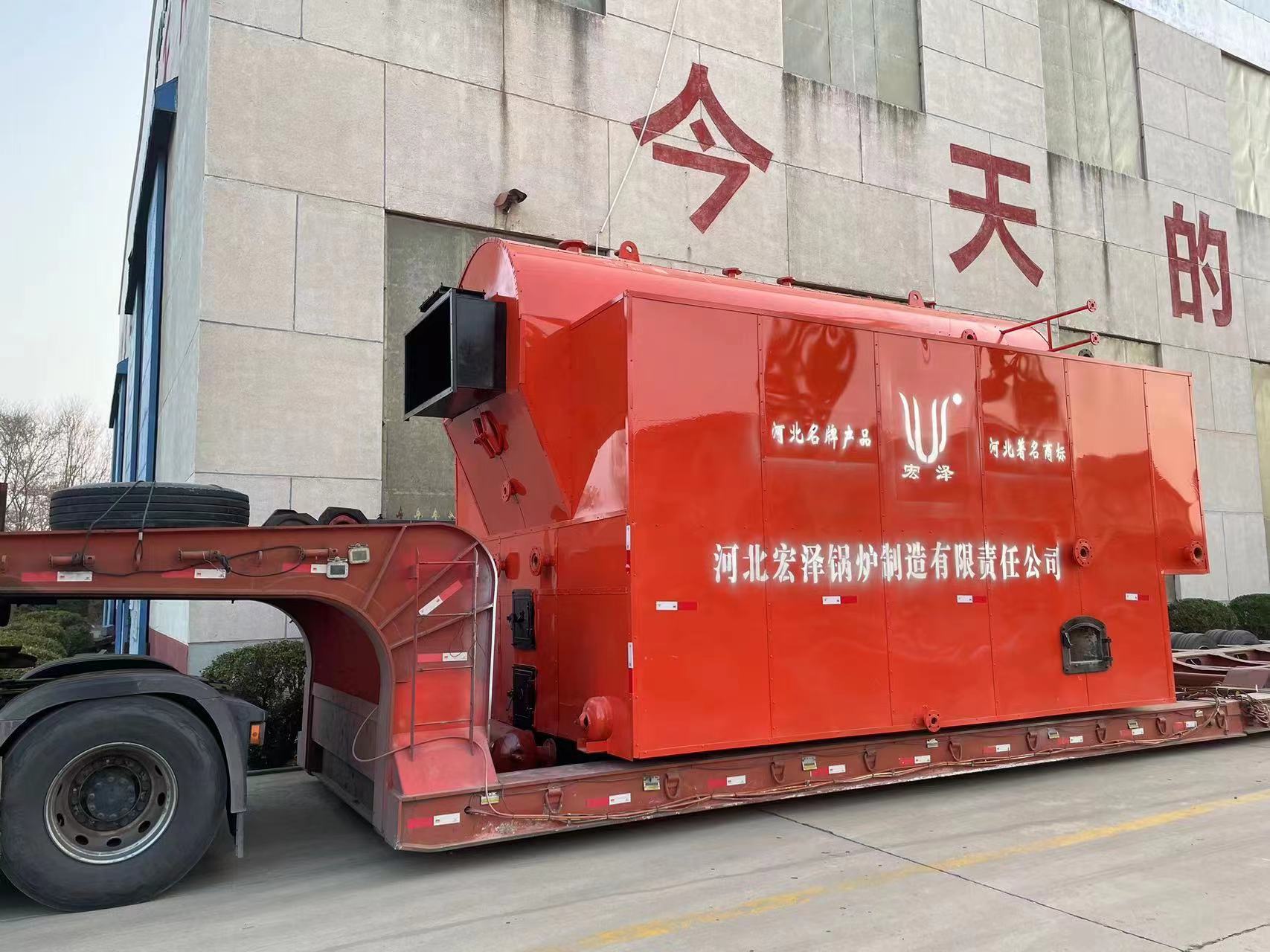
Process flow in a nutshell
Fuel receiving → screened storage (moisture 8–15% ideal) → metered feeding → grate combustion → furnace → convection banks → drum/headers → steam separation/superheating → economizer/APH → dust collection → stack. Side streams: water treatment (softening/RO), ash extraction, continuous blowdown.
Applications and what users say
Common in food & beverage, textiles, plywood/MDF, pulp & paper, chemicals, district heating, and hospitals. A brewery ops lead told me, “steam dryness stayed above 96% even on mixed pellets.” Another buyer: “startup is easier than we feared; ash is manageable with the screw conveyor.”
Vendor snapshot (indicative)
| Vendor | Capacity | Fuel flexibility | Certs | Lead time |
|---|---|---|---|---|
| HZ Boiler (Hengshui) | 1–200 t/h | Pellet, husk, chips, straw | ASME/EN, ISO 9001 | ≈45–90 days |
| EU Vendor A | 2–120 t/h | Pellet/briquette focus | EN 12952, CE | ≈90–150 days |
| Regional Vendor B | 1–35 t/h | Wood chips, ag residues | Local code | ≈30–75 days |
Note: data are indicative; verify against project specs and codes.
Customization options that matter
- Grate type: chain vs. reciprocating (latter handles variable husk/straw better).
- Deep economizer + condensing tail-end (where corrosion risk is managed).
- ESP for sub-20 mg/Nm³ PM; SNCR if local NOx rules are strict.
- Integration with existing condensate/flash steam recovery.

Case notes + test data
Biomass Fired Steam Boiler, 6 t/h @ 1.25 MPa, rice mill (Mekong Delta): fuel rice husk at 12% MC; measured efficiency 88.7% ±0.5% (ASME PTC 4), PM 18 mg/Nm³ with baghouse, stack O₂ 6%. Reported fuel cost drop ≈28% vs. fuel oil.
Biomass Fired Steam Boiler, 10 t/h @ 1.6 MPa, furniture plant (Poland): mixed chips/pellet; stability improved after O₂-trim tuning; annual CO₂ reduction ≈9,300 t (scope estimate).
Origin and availability
Manufactured in No.2 Suheng North Street, Raoyang County, Hengshui City. Shipments are typically crated modules; on-site erection for larger drums, with hydrotest and commissioning support.
Bottom line
If fuel supply is reliable (ISO 17225 grades help a lot) and you specify the right grate and dust control, a Biomass Fired Steam Boiler is a credible hedge against oil/gas volatility and carbon pressure.
Authoritative citations
- ASME Boiler & Pressure Vessel Code, Section I: Power Boilers.
- ISO 17225-2: Solid biofuels — Fuel specifications and classes — Wood pellets.
- EN 12952: Water-tube boilers and auxiliary installations.
- ASME PTC 4: Fired Steam Generators — Performance Test Code.
- EPA AP-42, Ch.1.6: Wood Residue Combustion in Boilers; EU IED (2010/75/EU) guidance for combustion emissions.
-
Comprehensive Guide to Steam Boiler Installation Diagram – Global Best Practices and Future Trends
NewsNov.24,2025
-
A Practical Guide to the Selection of Steam Boiler for Industrial Efficiency
NewsNov.23,2025
-
Comprehensive Guide to Steam Boiler PDF Manuals and Their Global Impact
NewsNov.22,2025
-
Discover How Steam Boiler Videos Improve Industrial Training & Safety
NewsNov.22,2025
-
Comprehensive Guide to Wood Fired Steam Boiler Design – Efficiency, Applications, and Innovations
NewsNov.21,2025
-
Comprehensive Guide to Steam Boiler Working – Efficiency & Applications
NewsNov.20,2025
Related PRODUCTS






